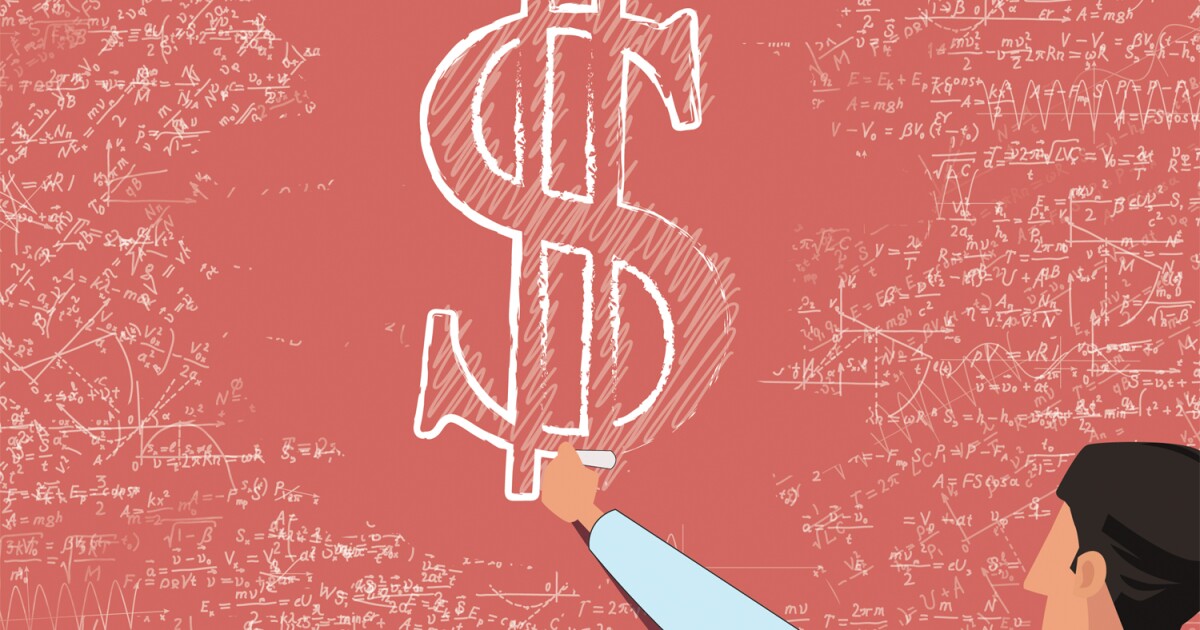New presidential administrations typically mean a lot of questions and uncertainty. As Trump takes office, people wonder if the policy changes he promised will be realized. What will the tax implications be for CPA clients and practice owners? Where are interest rates headed? What about inflation?
This article will explore those questions and shed light on how the new administration could affect CPA practices and their clients.
What can Trump do — and when?
During the campaign, Trump took to calling himself “Tariff Man” for his promise to institute wide-ranging tariffs on goods and services originating outside the United States. While the Constitution gives tariff authority to Congress, in the years since the Great Depression of the 1930s, legislators have given much of that authority to presidents. As a result, the president now has wide leeway over if and when to levy tariffs.
Other policy promises (especially tax reductions) may not be an easy delivery for the new president since they will require passage by a Congress with only a narrow Republican majority.
Tax outlook
Not long ago, advisors were warning of the problems that would come when the provisions of the 2017 Tax Cut and Jobs Act sunset in 2025. Now, with Donald Trump elected to a second term, it seems likely that many of those provisions will not expire, some may be reversed, and some may become permanent.
One of Trump’s frequently stated aims is restoring the 100% bonus depreciation provision, which would allow businesses to deduct 100% of qualifying big-ticket acquisitions in the year of purchase, rather than depreciating them over time.
Similarly, Trump is pushing to reverse the TCJA requirement that companies amortize their research and development costs rather than deduct them as expenses in the year incurred. The amortization requirement was a last-minute addition to the act, put in place to help pay for tax cuts created by the legislation; its reversal has support from both sides of the aisle. Also on the table is the state and local tax deduction cap of $10,000. Trump and many legislators want to see the SALT cap raised or eliminated, which would allow more taxpayers to itemize their deductions.
Although Republicans hold majorities in both houses and control the White House, they will not have free rein to cut taxes at will. Their slim majority means if even a few fiscally conservative Republicans — those strongly committed to deficit reduction — hold out against tax breaks, Trump may not succeed in getting his entire tax-cutting agenda passed.
Implications for CPA practices
A Trump presidency will likely usher in a more lenient approach toward antitrust issues, potentially creating an uptick in merger and acquisition activity. The CPA profession has been in a period of M&A growth, so this trend should continue on the upswing.
Practice owners looking to sell are keeping an eye on potential changes in the capital gains rate, which Trump has hinted he will try to lower. They are also focused on interest rates. While the Federal Reserve Board is independent of the government, policies pushed by any administration and enacted by Congress can significantly affect the economy, which can impact the indicators the Fed uses to make its rate decisions.
What about interest rates?
In December, members of the Fed released their median expectation for the coming year. In this nonbinding poll of members, they predicted overall cuts of 50 basis points in 2025. The prime rate, therefore, is likely to decline, but it may be some time before lower rates trickle down to the ordinary retail borrower.
Many commercial lenders do not base their loan rates on the prime rate, however, choosing instead to peg their loans against the yields of U.S. Treasury securities or the Secured Overnight Financing Rate. While the prime rate and the 10-year Treasury yield may run in the same general direction, Treasury yields are driven by many factors beyond those that determine the prime rate. Yields on 10-year Treasury securities tend to rise when confidence in the economy is strong and fall in times of geopolitical turmoil, when demand for these safe investments goes up.
Successfully navigating the new environment
Amid the uncertainties ahead, it’s tempting to take a wait-and-see attitude before making any growth decisions, but that approach could lead to missed opportunities. There’s no bad time to make a good deal, so if a purchase or sale makes financial sense, it’s worth investigating it with a team of advisors, including a trusted lending partner.


 Economics1 week ago
Economics1 week ago
 Economics1 week ago
Economics1 week ago
 Economics6 days ago
Economics6 days ago
 Finance1 week ago
Finance1 week ago
 Economics1 week ago
Economics1 week ago
 Blog Post6 days ago
Blog Post6 days ago
 Personal Finance6 days ago
Personal Finance6 days ago
 Finance6 days ago
Finance6 days ago












